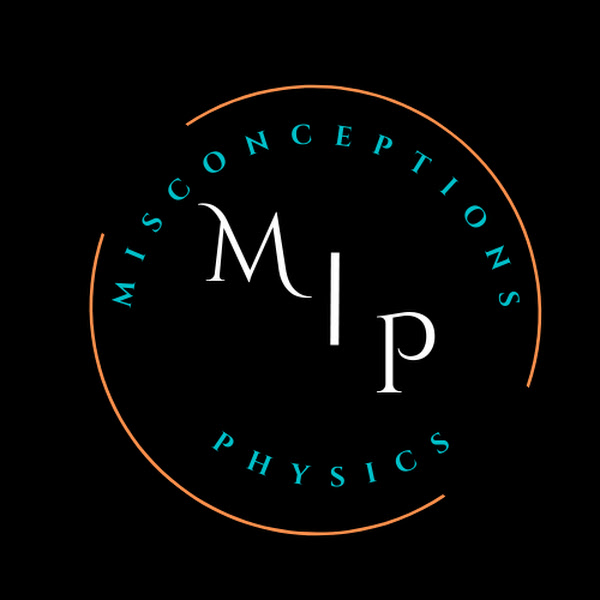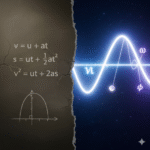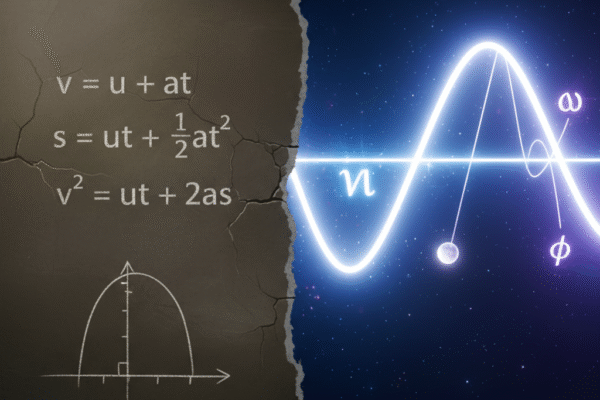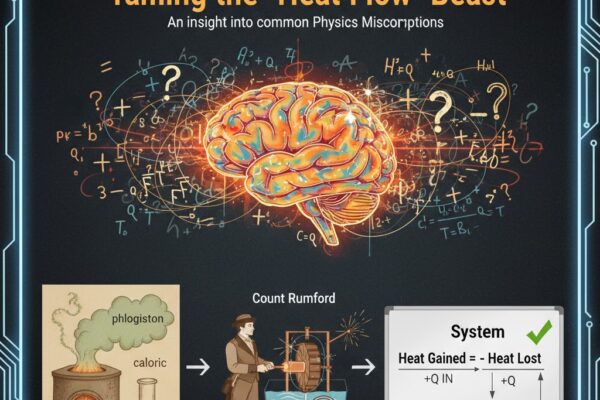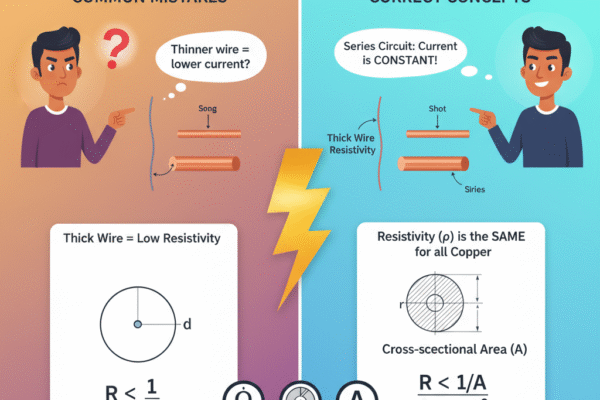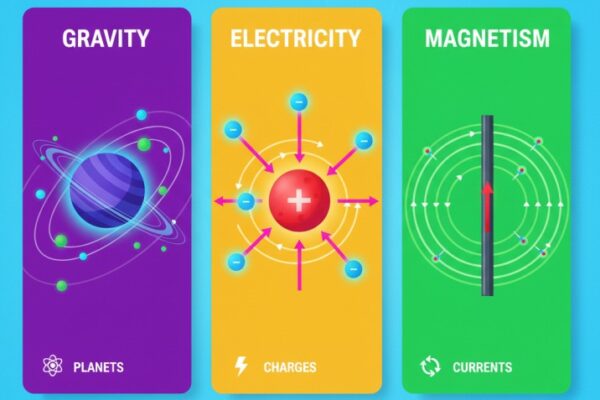
From Dance Floor to Crowded Elevator: The Real Story of Gas Behavior
Imagine stepping onto an empty dance floor. You’re free to move, spin, and spread out. Now imagine that same dance floor during a sold-out concert – packed shoulder-to-shoulder, every step a collision. This striking contrast perfectly mirrors the invisible world of gases, a world that puzzled and fascinated scientists for centuries. How does something that seems like “nothing” exert immense pressure or power mighty engines? This profound question ignited a scientific investigation, transforming our understanding of the universe one invisible particle at a time. The Great Search: Finding what we cannot see For centuries, the nature of air was a profound mystery. Ancient Greek philosophers believed air was a fundamental element, a continuous substance, and the idea of a vacuum was considered impossible. These deep-rooted misconceptions hindered progress for nearly two thousand years. The true journey began with everyday observations. Why could a suction pump only lift water to a certain height? In the early 17th century, Galileo Galilei questioned this limit, suspecting that the “force” pulling water up was actually the weight of the air pushing down. He couldn’t quite prove it, but his skepticism opened the door. The real breakthrough came in Italy, around 1643, with Galileo’s student, Evangelista Torricelli. He designed a brilliant experiment: filling a long glass tube with mercury, inverting it into a dish, and observing the mercury column settling at about 76 cm, leaving an empty space (a vacuum!) above it. His key discovery that the mercury was held up not by suction, but by the weight of the air pressing down on the mercury in the dish. He had not only created the first sustained vacuum but also invented the barometer and quantified atmospheric pressure. A decade later, in France, Blaise Pascal took Torricelli’s work to new heights, literally. In 1648, he arranged for his brother-in-law to carry a barometer up the Puy de Dôme mountain. As expected, the mercury column dropped at higher altitudes, definitively proving that air had weight and that its pressure varied. The “horror vacui” was disproved, replaced by the simple concept of a sea of air exerting pressure. The stage was set for understanding how gases behave. In the 1660s, in Oxford, England, Robert Boyle, a brilliant natural philosopher, built an improved air pump and conducted rigorous experiments. He carefully measured the relationship between the volume of air and the pressure it exerted, showing that as you compress a gas, its pressure increases proportionally. This fundamental relationship is now known as Boyle’s Law ( P ∝ 1/V). Boyle was also among the first to propose that air consisted of tiny, springy particles—a truly revolutionary idea for his time. Fast forward to the late 18th century. In France, Jacques Charles (1787) and Joseph Gay-Lussac (1802) explored the relationship between gas volume, temperature, and pressure. Charles discovered that gases expand when heated, a principle quickly put to use in hot air balloons and now known as Charles’s Law ( V ∝ T ). Gay-Lussac also observed a simple whole-number ratio in the volumes of reacting gases, hinting at an underlying particulate structure. The idea really grew with Amedeo Avogadro in Italy (1811), who proposed that equal volumes of all gases, at the same temperature and pressure, contain the same number of molecules (Avogadro’s Law). This was a monumental leap, clarifying the difference between atoms and molecules and providing a way to “count” these invisible entities by relating the number of moles to the number of particles. The Breakthrough: A World of Dancing Particles But what were these particles doing? The true “dance floor” came alive with the Kinetic Theory of Gases. Daniel Bernoulli, in the early 18th century, had an early intuition, describing gases as particles in constant, chaotic motion, colliding with each other and the container walls. However, his ideas lay dormant until the mid-19th century when giants like Rudolf Clausius, James Clerk Maxwell, and Ludwig Boltzmann resurrected and rigorously developed this theory. Their brilliant model, now the foundation for understanding what we call an Ideal Gas, proposed that: This elegantly simple model, describing our ’empty dance floor’ scenario, brilliantly connected the visible world of gas behavior to the invisible world of atomic motion. 🤔 Challenge Your Intuition… Imagine you have an ideal gas in a sealed container with a movable piston, like a syringe. You slowly push the piston in, reducing the volume of the gas to half, while keeping the temperature constant. According to Boyle’s Law, the pressure should double. But does this mean the average kinetic energy of the gas molecules has also doubled, making them move twice as fast? The Misconception: It’s tempting to think that increased pressure must mean faster-moving particles! However, recall Boyle’s Law states P∝1/V at constant temperature. If the temperature is constant, then according to the Kinetic Theory, the average kinetic energy of the molecules must also remain constant. Thus, the pressure increases not because the particles are moving faster, but because they are hitting the container walls more frequently due to being crammed into a smaller volume. This subtle distinction, which Boyle and later Boltzmann elucidated, is crucial for understanding the Kinetic Model’s assumptions and avoiding misconceptions about how pressure and temperature are related. To truly grasp how these concepts interrelate in real problems, watch this video: (This video will help students understand how pressure changes without a change in kinetic energy when temperature is constant.) The Reality Check: When the Dance Floor Becomes an Elevator While the Ideal Gas model, a triumph of classical physics developed by Clausius, Maxwell, and Boltzmann, provides incredibly accurate predictions for most scenarios, these very scientists understood its limits. The ideal model assumes: This is our perfect ’empty dance floor.’ But what happens when we force the dancers into a ‘crowded elevator’—that is, when we look at Real Gases? This challenge was later systematically addressed by scientists like Johannes van der Waals. At very high pressures (cramming them together) or very low temperatures (slowing them down), those ideal assumptions break down: 🤔 Another…
